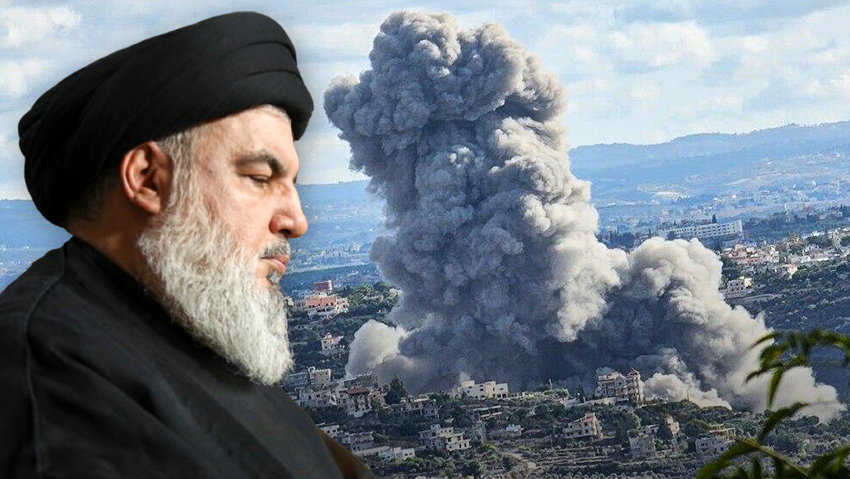Getting your Trinity Audio player ready...
Ali Karaki, Hezbollah's Southern Front commander (equivalent to the head of Israel's Southern Command), was a candidate to replace Ibrahim Aqil, who was assassinated Friday in Beirut’s Dahieh district.
Karaki has overseen numerous attacks and confrontations with Israel since the 1980s. While it appears that Karaki was injured in the Israeli strike, the blow to Hezbollah's prestige and leadership is significant, highlighting the organization's inability to protect even its senior leaders.
Hezbollah is severely compromised, with intelligence penetrations hindering its operations. This is reflected in the relatively low number of rocket launches, all of which have been inaccurate.
If Karaki is incapacitated or confirmed dead, Hezbollah leader Hassan Nasrallah is left with only Talal Hamia, head of the external operations unit. Hamia is ten years older than Nasrallah and less experienced or well-known within leadership circles.
This means that mid- and lower-level commanders, local figures, are now effectively running the war to the best of their abilities. Their response is visible in the random, statistically driven rocket launches.
Air defenses spring into action across northern Israel
However, there is still a firing policy dictated from above, which may explain why they are hesitant to launch rockets farther south than the Haifa-Tiberias line and have not used their precision-guided missiles. This caution likely stems from Iranian influence, as Tehran hopes the IDF will also exercise restraint and avoid targeting Hezbollah’s heavier, more accurate missiles.
Israel cannot ignore the message from the United States to avoid escalating into a regional war. The U.S. has deployed a task force around an aircraft carrier in the eastern Mediterranean, adding to one already stationed near the Strait of Hormuz, as well as submarines with cruise missiles in the area, and an amphibious force.
These forces are approaching Lebanon's shores and are expected to assist Israel in intercepting Iranian missiles using the AEGIS system. Washington is giving Israel some leeway—but with the condition that it doesn’t drag the U.S. into a broader regional conflict.
IDF strike on cruise missile's location
(קרדיט: IDF Spokesperson's Unit)






